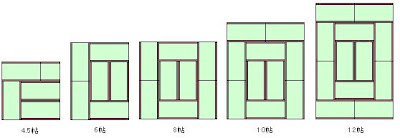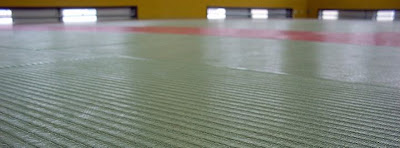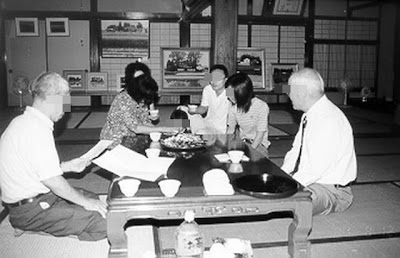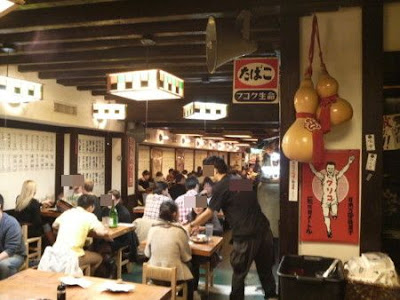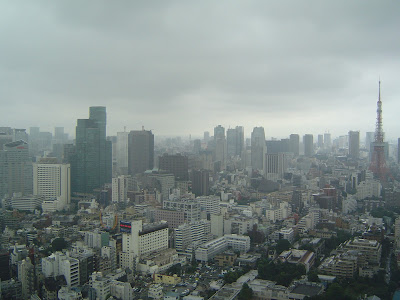Okonomiyaki is Japanese pancake, which is thin and flat and is cooked on a hot plate with bits of meats, seafood, and chopped cabbages.
It is easy to cook okonomiyaki even in other countries. In fact, I cooked okonomiyaki many times when I was in the U.S. although I was just a beginner of cooking.
I'll show you below just a general way to cook okonomiyaki, but you can just arrange it in your own way depending on your favorite taste and availability of ingredients.
First of all, basic ingredients are wheat flour, meat (usually sliced pork or beef), seafood (e.g. shrimp, squid, octopus), chopped cabbages, eggs, and any other stuff you would like to try.
 |
| okonomiyaki ingredients |
Pour water and flour into a large bowl and put some salts and Japanese instant bouillon called "dashi" if available (see top right of the above picture). Many Japanese also put grated yam.
 |
| grated yam |
Stir it until thickened.
Put the ingredients into the thickened soup.
As can be seen in the above picture, we usually put deep-fried tempura batter, which adds crisp into okonomiyaki. However, I think it would be difficult to find the deep-fried tempura batter in other countries. If you know a tempura restaurant, you can try to ask them. Or it's OK at all without the batter.
Stir the ingredients.
And put the stuff on a hot plate.
I like to put dried shrimps on the top here and recommend it to you if it's available.
Also, you might like to put a sliced meat on the top here like the below, instead of including chopped meats into oconomiyaki ingredients.
Flip it to its back when the back seems to be baked to a crisp.
Wait til the other side becomes a crisp and the inside is well cooked.
When it's ready, put source, the bonito flakes, and laver on the top.
Or you can put mayonnaise, mustard, or/and ketchup, instead.
Then it's ready to eat!
Very easy to cook, right?
Follow TA Tokyo




